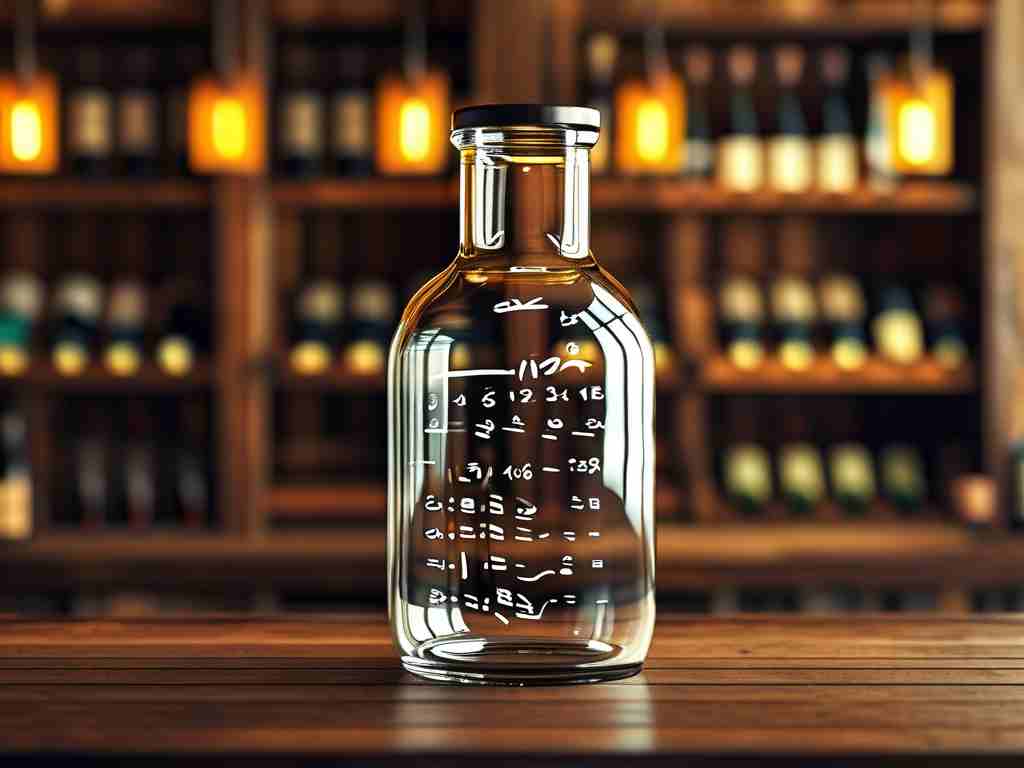Accurately determining the storage capacity of wine tanks is essential for winemakers, brewers, and industrial designers. This article explores mathematical formulas, practical tables, and visual charts to simplify volume calculations for cylindrical and conical fermentation or aging vessels. By combining theory with real-world applications, professionals can optimize tank usage and minimize errors in production planning.

Core Formulas for Wine Tank Volume
The foundational formula for calculating the volume of a cylindrical tank is:
V = πr²h where V represents volume, r is the radius, and h denotes the height. For conical sections commonly found in hybrid tank designs, the formula adjusts to:
V = (1/3)πr²h These equations become critical when dealing with complex tank geometries. For instance, a tank combining a cylindrical body (2m radius × 4m height) with a conical base (2m radius × 1.5m height) would require separate calculations:
- Cylinder: 3.14 × 2² × 4 = 50.24 m³
- Cone: (1/3) × 3.14 × 2² × 1.5 = 6.28 m³
Total capacity = 56.52 m³
Reference Tables for Rapid Estimation
Field technicians often rely on pre-calculated tables to bypass complex math during urgent assessments. Below is a simplified reference table for standard tank dimensions:
| Radius (m) | Height (m) | Volume (m³) |
|---|---|---|
| 1.5 | 3.0 | 21.21 |
| 2.0 | 4.5 | 56.55 |
| 2.5 | 5.0 | 98.17 |
Such tables must account for measurement units—whether working in liters, gallons, or cubic meters—to prevent unit conversion errors that could disrupt entire production batches.
Graphical Representation for Visual Learners
Interactive charts provide intuitive solutions for three-dimensional capacity visualization. A well-designed graph might plot radius values on the x-axis against height values on the y-axis, with color gradients indicating corresponding volumes. Modern breweries increasingly use digital dashboards incorporating these visual tools, enabling staff to cross-verify manual measurements against algorithmic predictions.
Practical Adjustments and Considerations
Real-world calculations must factor in:
- Dead Volume: Space occupied by sediments or lees (typically 5-8% of total capacity)
- Thermal Expansion: Wine volume fluctuates by approximately 0.5% per 10°C temperature change
- Safety Margins: Industry standards recommend maintaining 15-20% headspace to prevent overflow during active fermentation
For irregularly shaped tanks, the water displacement method remains a reliable fallback. Fill the tank incrementally while recording added volumes—this empirical approach often reveals discrepancies between theoretical models and actual capacities.
Software Integration
Advanced wineries now employ tank management systems that automatically update volume data through IoT-enabled sensors. These platforms integrate with the formulas and charts discussed, providing real-time alerts when tanks approach critical fill levels. However, manual verification using core mathematical principles remains indispensable for calibrating automated systems.
Mastering these calculation techniques ensures precise inventory management, reduces waste, and maintains product consistency across vintages. While digital tools enhance efficiency, the underlying mathematical framework forms the backbone of effective wine tank utilization.

